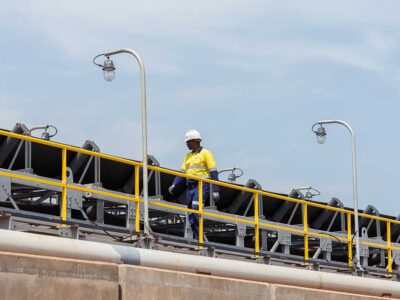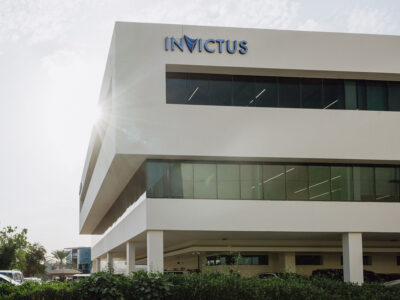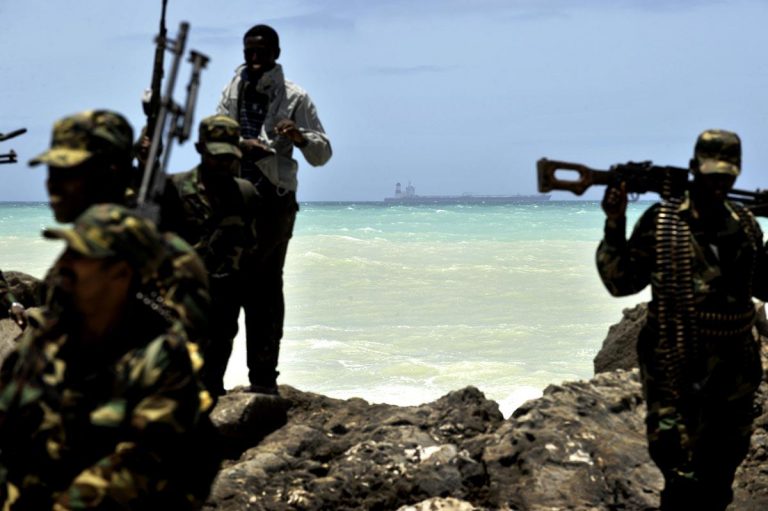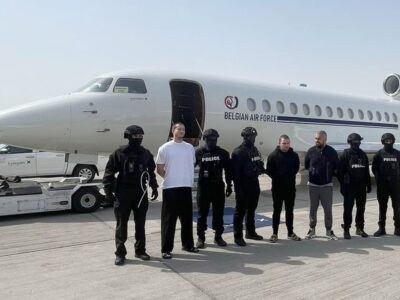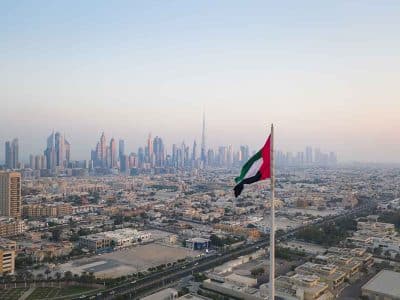The cost of insuring liquefied natural gas (LNG) tankers has risen as naval
containment of piracy fails and surging global demand spurs traffic through
high-risk waterways, increasing the risk of hijack and armed attack.
The annual pace of growth in insurance costs over the last decade was 7.5
percent, much more rapid than the 4.2 percent annual increase in LNG tanker
operating costs, figures from shipping consultancy Drewry show.
Standard-sized vessels will fetch an estimated $1,572/day in insurance costs
this year, according to senior Drewry LNG analyst Pranay Shukla, reflecting the heightened risk of
hijack and pirate attack for the transit of the super-cooled gas.
As a result, more shipowners have confirmed using private armed guards in
the last year as they struggle to stem costs and protect trade as piracy
escalates, they told Reuters.
“The threat of piracy has fundamentally increased (for LNG carriers),
particularly in the Gulf of Aden, where underwriters have sought to charge
additional premiums due to the increased risk,” according to one insurer.
Additional premiums on war risk policies have risen as LNG tanker traffic
through the Gulf of Aden reached record levels last year, owing to more supply
from Qatar and Yemen as trade with Europe and South America rises.
Over 885 LNG carriers sailed through the Suez Canal last year, up from 525 in 2009 and 429
in 2008, figures from the Suez Canal Authority show, while other tanker trade
never fully recovered from the 2008/2009 slump, increasing the likelihood that
LNG ships will start to draw unwanted attention from pirates.
Owners are not only turning to private security companies to protect LNG
carriers transiting Suez but also to cut insurance costs.
“With embarked security the insurance premiums are also reduced,
mitigating costs even further,” said Dom Mee, president of Protection Vessels International, a provider of armed
maritime security.
The risk of a catastrophic fire or explosion from small arms fire or rocket
propelled grenade (RPG) strikes could motivate ship masters to allow
hijacks to take place, according to another maritime security expert.
Others say that LNG owners will meet ransom demands more readily to avoid
seeing their LNG cargo degrade, which has a limited lifespan in its frozen
state.
“It is possible that savvier pirate leaders or negotiators might
appreciate the perishability of an LNG cargo, and that pirates in general are
likely to view such vessels as valuable,” reckons Jonathan Wood, energy security analyst at Control
Risks.
A spot cargo at today’s price will fetch about $48 million, trade sources
said.
INSURERS PRICE IN RISING WAR RISKS
The rise of heavily armed gangs hustling shipowners for ransom has lifted
insurance costs specific to war risks, including ransoms, hijack and armed
attack.
If the insurance costs are broadly categorised into hull and machinery
(H&M) and P&I, then the share of P&I insurance in total insurance
will make up a rising share of overall fees imposed by underwriters in the same
period, up from 23 percent in 2007 to 35 percent this year, Drewry’s Shukla said.
Protection and indemnity, known as P&I cover, responds to shipowners
operational liabilities, and may extend to liabilities stemming from piracy
incidents.
“For owners/managers there have been headline cost reductions over the
last year, primarily owing to falling vessel values and the resultant decrease
in H&M premiums,” Shukla said.
“Since 2008, P&I rates on the other hand have been rising primarily
due to rising threats of vessel hijacking and piracy. P&I costs have
increased at a compound annual growth rate of 9.4 percent during the period
2000-10, while H&M costs have increased at a much slower pace of 6.6
percent” he added.
Soaring insurance costs relative to general LNG tanker operating costs, and
other insurance fees, show the increasing burden levied by piracy on shipping
margins.
